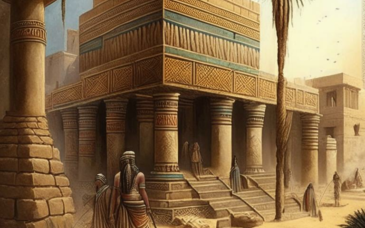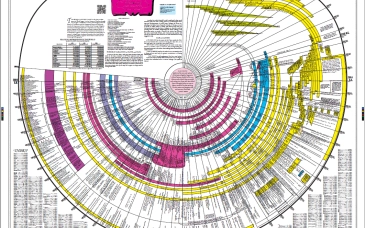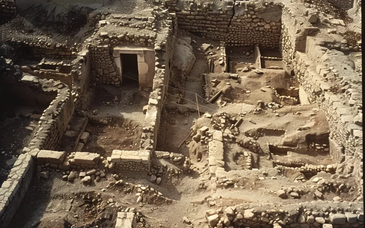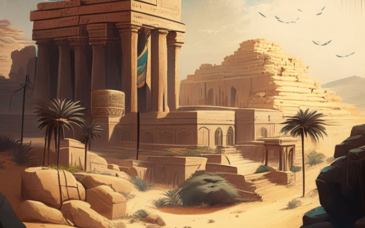In the intricate dance between faith and history, the Bible stands as a timeless repository of profound narratives that have shaped the beliefs of millions across centuries. Join us on a journey of intellectual exploration as we delve into "Decoding the Past: The Intersection of Bible and Historical Records," unraveling the mysteries that lie at the crossroads of sacred scriptures and the annals of human history.
The Bible as a Historical Document:
Beyond its spiritual significance, the Bible serves as a valuable historical document, offering a window into the cultural, social, and political landscapes of ancient civilizations. This post seeks to unravel the historical tapestry embedded within the sacred texts, treating them not just as religious scriptures but as historical records that bear witness to the ebb and flow of bygone eras.
Archaeological Corroboration: Unearthing Tangible Proof:
Explore the fascinating world of Biblical archaeology, where excavations unearth artifacts and structures that echo the narratives of the Bible. From ancient cities to inscribed tablets, these archaeological finds serve as tangible proof, corroborating and validating the historical events chronicled in the scriptures.
Chronicles of Kings and Prophets: Historical Figures in the Bible:
Dive into the lives of kings and prophets whose stories are immortalized in the Bible. Beyond their spiritual significance, we will examine the historical context surrounding these figures, drawing connections between the biblical accounts and the broader historical tapestry of the ancient world.
Mapping Biblical Landscapes: Geographical Insights:
Travel through the landscapes described in the Bible, from the lush valleys to the arid deserts. By mapping these geographical settings, we gain insights into the historical realities faced by the people of the Bible, enriching our understanding of the challenges and triumphs woven into the scriptures.
Textual Criticism: Unveiling Layers of Interpretation:
Delve into the world of textual criticism, where scholars analyze and interpret the nuances of biblical texts. Unveiling layers of meaning and historical context, this practice allows us to appreciate the evolution of the scriptures and the diverse perspectives that contribute to their rich tapestry.
Cross-Cultural Influences: Tracing the Spread of Ideas:
Explore the cross-cultural influences that have shaped the Bible's narrative. From ancient trade routes to cultural exchanges, we will unravel the interconnectedness of civilizations, shedding light on how historical events beyond the biblical borders influenced the development of these sacred texts.
Historical Accuracy and Interpretation: Navigating Challenges:
Navigate the nuanced discussions surrounding historical accuracy and interpretation in the Bible. Acknowledge the challenges scholars face as they strive to reconcile archaeological evidence with textual accounts, inviting readers to engage with the complexities of historical validation within the context of religious narratives.
Legacy of Empires: Biblical Stories in the Context of World History:
Examine the intersection of biblical stories with the rise and fall of ancient empires. Witness how the narratives of the Bible are interwoven with the broader canvas of world history, leaving an indelible mark on the shaping of cultures and civilizations.
"Decoding the Past: The Intersection of Bible and Historical Records" invites readers to embark on a quest for knowledge, bridging the realms of faith and history. By decoding the intricate layers of the past, we uncover a richer tapestry that binds the sacred scriptures to the chronicles of human history, fostering a deeper appreciation for the enduring impact of these narratives on our collective consciousness.










